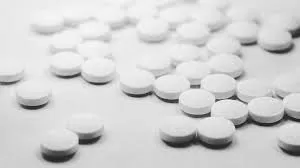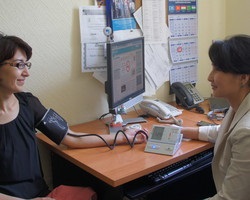Leiden, Netherlands – August 9, 2024 – In a groundbreaking study published in Science Translational Medicine, researchers from the Institute of Biology Leiden (IBL) have unveiled a next-generation antibiotic, EVG7, that shows promise in overcoming bacterial resistance and reducing side effects.
The study, led by Nathaniel Martin, Professor of Biological Chemistry at IBL, represents a significant leap forward in antibiotic development. Martin and his team embarked on this journey in 2017 with the goal of modifying the structure of the existing antibiotic vancomycin to create a more effective and less harmful version. Vancomycin, despite its efficacy, has been plagued by issues including kidney injury risks and rising bacterial resistance since the 1980s.
“Vancomycin was a good candidate for modification because while it is a potent antibiotic, it also has some drawbacks that we thought we could address,” says Martin. “Our aim was to create a next-generation vancomycin that not only combats bacterial resistance but also reduces the risk of side effects.”
The result of this ambitious project is EVG7, a semisynthetic guanidino lipoglycopeptide antibiotic that has demonstrated an astounding 100-to-10,000-fold increase in potency against various bacterial pathogens compared to its predecessor. This enhanced potency could potentially lead to reduced doses and, consequently, fewer side effects.
The development of EVG7 was spearheaded by Ph.D. candidate Emma van Groesen, after whom the compound is named. The ‘7’ in EVG7 signifies that this was the seventh iteration in a series of vancomycin derivatives, ultimately proving to be the most active.
Martin’s team faced rigorous scrutiny throughout the research process, as the study underwent two rounds of follow-up questions and additional experiments before being accepted by Science Translational Medicine. “Publication in this top-tier journal is a strong indicator of clinical potential,” notes Martin. “The feedback from reviewers, though demanding, significantly strengthened our study.”
Looking ahead, Martin and his team are contemplating the best path to bring EVG7 to market. They are exploring options to either spin out a new company dedicated to its development or license the technology to an existing pharmaceutical company. However, Martin anticipates that it will take about two to three years, along with approximately 5 million euros in external investment, before EVG7 can be tested in humans.
The journey of EVG7 highlights the remarkable potential of academic research in drug development. “For a preclinical drug candidate to emerge from an academic lab is a notable achievement,” Martin emphasizes. “The work was carried out by a dedicated team of master’s students, Ph.D. candidates, and postdoctoral researchers at IBL.”
For further details, refer to the study by Emma van Groesen et al, titled “Semisynthetic guanidino lipoglycopeptides with potent in vitro and in vivo antibacterial activity,” published in Science Translational Medicine (2024). DOI: 10.1126/scitranslmed.abo4736.











